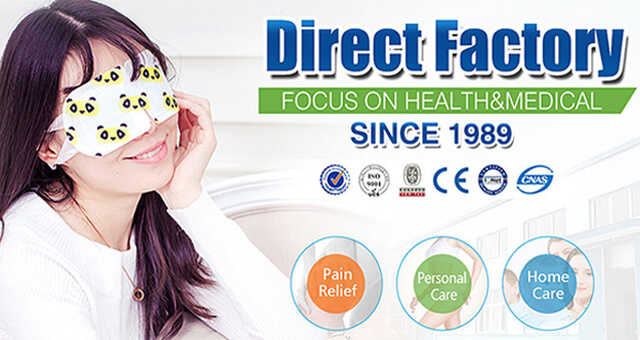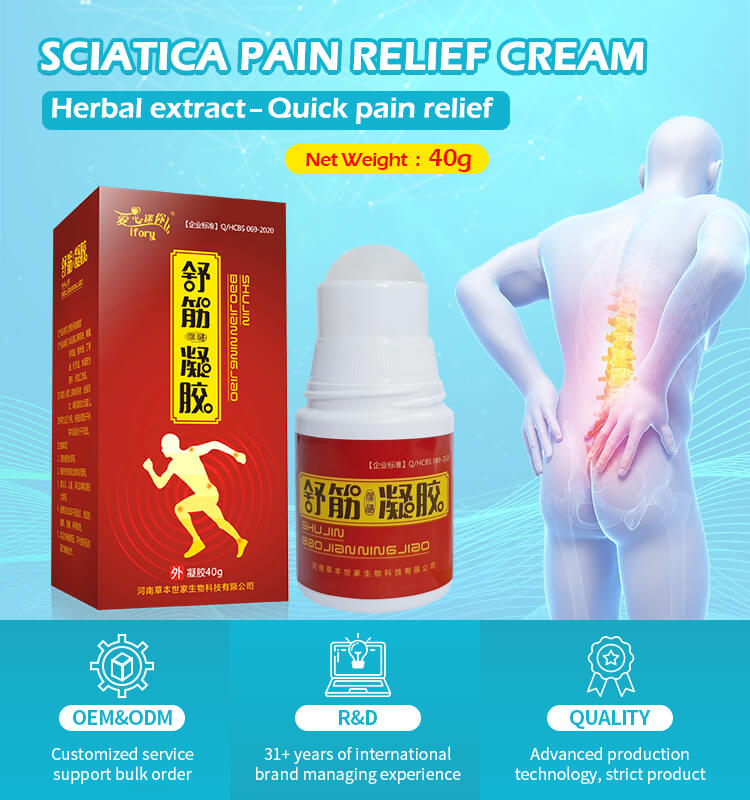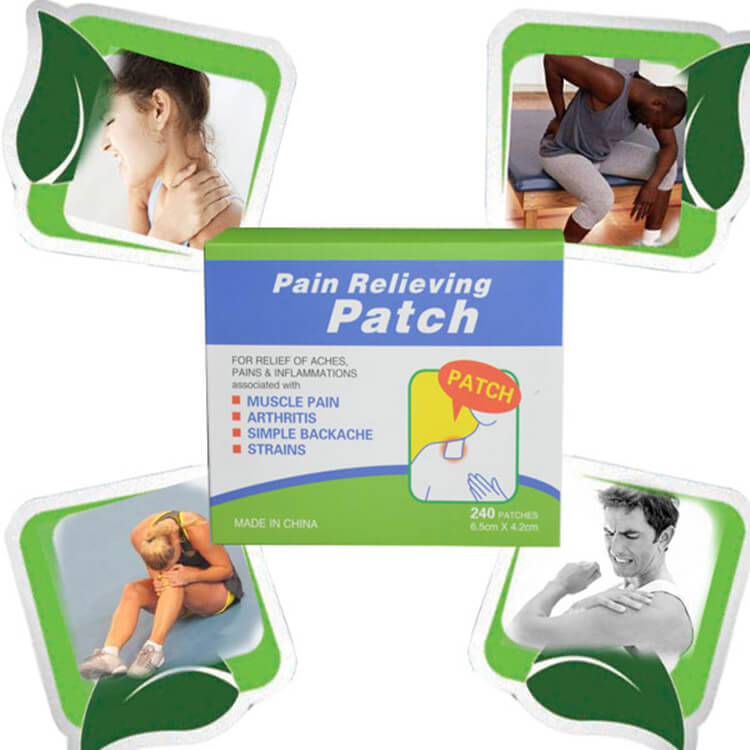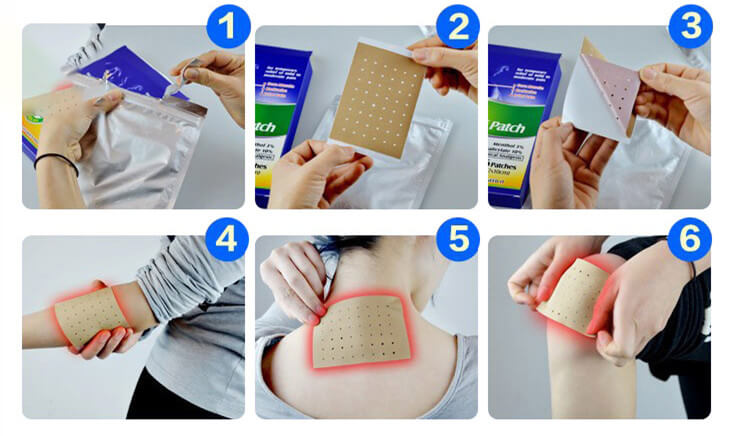Author:Kangdi 22-12-2021
The use of painkillers is not limited to oral medications. In developed countries such as Europe and the United States, topical pain relieving creams are used especially for the treatment of early arthritis, like Osteoarthritis.
Drugs with analgesic effects, which can be used on the surface of the body through pharmacological modification, are called topical analgesics. Topical NSAIDS emulsions, creams and patches can be applied directly to the painful area for rapid penetration through the skin and rapid and effective pain relief; they also avoid stimulation of the stomach and intestines and are safe and easy to use. Pain patches containing capsaicin - Capsaicin pain patches can provide good relief for joint pain.
Our bone and joint diagnosis and treatment guidelines state that for osteoarthritis of the knee, it is recommended to first choose local medication before using oral medication. The 2013 AAOS guidelines also strongly recommend topical topical pain medications.
Pain relief cream
The amount of pain relief cream must be adequate.
To achieve the desired pain relief and anti-inflammatory effect, the amount of topical creams must be sufficient. For example, if the patient saves on the use of Fotarine cream, it is almost impossible to have a good pain relief effect even if the patient does not use one a week. The correct approach is to use at least 2 grams of ointment each time, 5 times a day, and one ointment should be used up within two days.
Pain relief patch
The timing and location of the pain relief patch should be correct.
There are two main types of topical pain relief creams: anti-inflammatory and pain relief creams, which are used in the acute inflammation period, i.e. when there is redness, swelling and heat on the skin surface; and infrared heat therapy creams, which are used in the chronic stage of injury, i.e. when there is no redness, swelling and heat on the skin surface.
Precautions for using Pain relief patch
If you use the opposite, if you use infrared heat therapy creams in the acute stage, the more you use them, the more swollen and heavy they will be, which will aggravate the progress of joint disease. Therefore, when choosing a cream, be sure to look at the effectiveness.
For ordinary plasters, you can put them wherever it hurts. If it's an infrared heat therapy cream, just choose the most painful location and stick it on. But there is a class of plaster is a transdermal patch, plaster on the skin, the drug through the skin absorption, any painful parts of the body can benefit. This type of plaster is usually applied to the outer part of the forearm, shoulder, and the upper edge of the forehead, and other parts are not applied as much as possible.
Before applying the plaster, be sure to read the instructions to see where it is recommended to be applied. Remember to tear the plaster that you put on. Many people will stretch the plaster in order to make the plaster stick to a larger area. But this will make the tension of the plaster bigger and the skin will easily blister.
The time allowed for the plaster to be applied differs from one plaster to another, and most plasters are not allowed to be applied for more than 12 hours. Once it exceeds 12 hours, its breathability will not be good and the skin will become red or even eroded. The pain relief plaster can be easily loosened on the knee joints, which are more mobile. You can cut a few slits with scissors to reduce the tension, just like doing a handicraft, so that it can be applied more firmly.
Warning
If the following conditions occur, you should abandon the use or see a doctor.
1. local or general skin irritation (itching, local redness, appearance of rash and other reactions).
2. swelling that does not decrease or pain that is not relieved or even worsened.
3. the appearance of local infection (redness, swelling, heat, pain) or other general discomfort.
4. the extent of the injury is large or there is persistent, relatively severe pain.
 0086 19937104978
0086 19937104978







